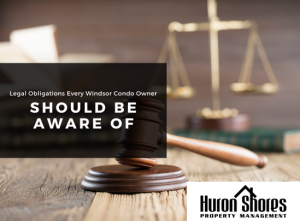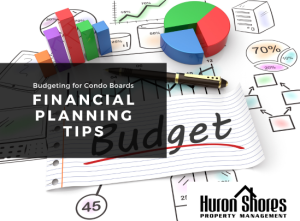One sure way to know if a building is eco-friendly is whether or not it’s received: LEED CERTIFICATION (Leadership in Energy and Environmental Design). LEED addresses climate change and provides a framework for healthy, resource-efficient, and cost-saving green buildings.
LEED buildings involve:
Innovation-novel features and procedures
Materials and resources-responsible construction waste mgt and sustainable sourcing of materials
Sustainable sites-sufficient green open space and light pollution reduction
Indoor Environmental quality-use of natural light and efficient air conditioning
Location and transportation-land protection and access to public transportation
Energy and atmosphere-optimizing energy production
Water efficiency-indoor and outdoor reduction
LEED buildings cost less to operate, reduce energy and water bills by as much as 40 percent.
Ways condominiums can do this are:
- Utilize environmentally friendly building materials
- Green roofs — vegetation on top of the roof to cool the building
- Rainwater barrels
- Dual flush efficient toilets and energy star appliances
- LED lighting and motion sensor lighting
- Charging stations and ride sharing programs
Here locally in Windsor, a new development will be taking place. Twin 21-storey towers will have their exteriors covered with thousands of shrubs and other plants. There will be a landscaped parking deck, large trees around each tower and smaller vegetation on private balconies.
The greenery will act as a buffer between the city and the apartments by absorbing polluting particles, noise and carbon while also producing oxygen and improving air quality. It will keep the building cooler in summer and warmer in winter. The goal is to make the project produce more energy than it uses with the use of sources such as solar and wind. Solar panels will be located on the southwest side of both towers and filtered wastewater will be used to water the greenery. The green technology systems will reduce the overall waste and carbon footprint of the towers.




